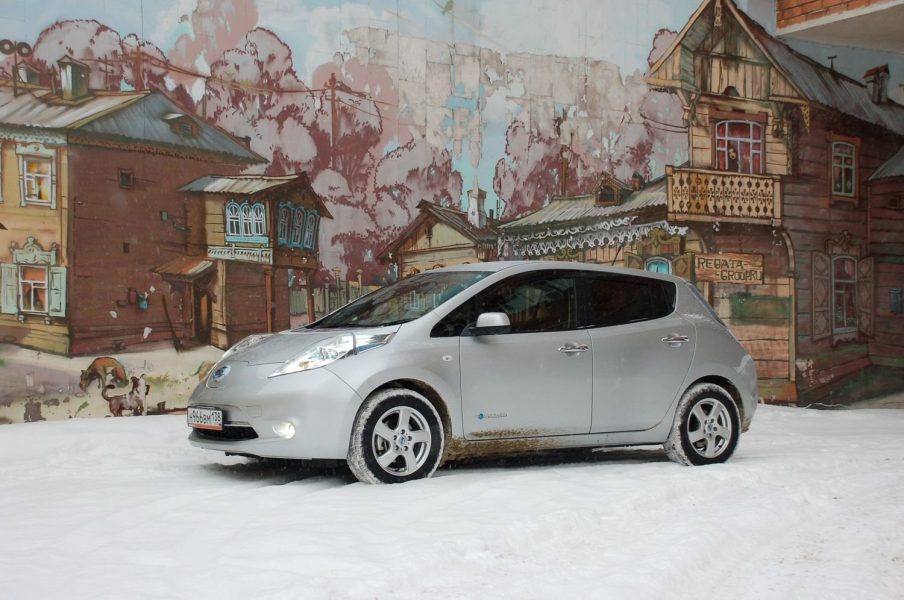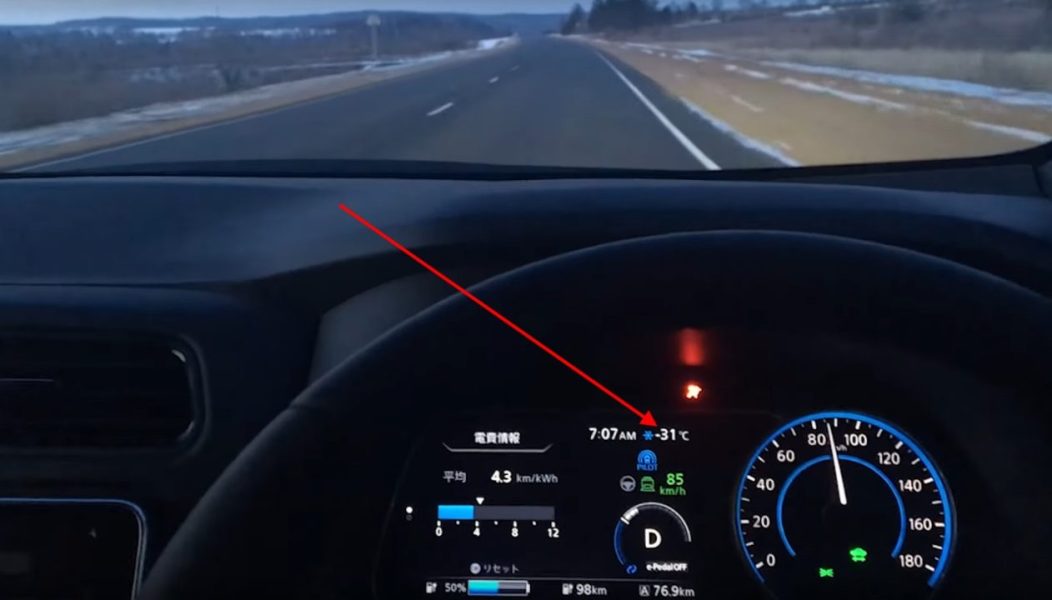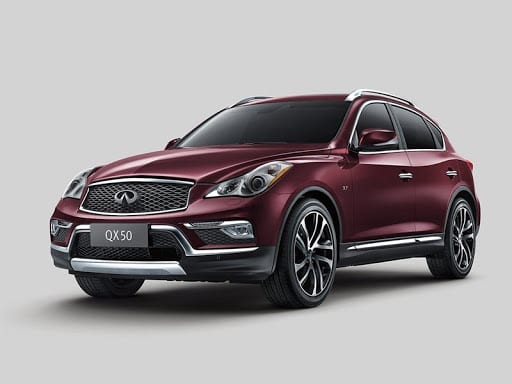
An electric car in winter, or the Nissan Leaf range in Norway and Siberia during freezing temperatures
Youtuber Bjorn Nyland measured the real power reserve of the Nissan Leaf (2018) in winter, that is, at subzero temperatures. It was 200 kilometers, which perfectly matches the results obtained by other reviewers from Canada, Norway or distant Russia. Therefore, an electric Nissan should not go on long trips in Poland in temperatures below freezing.
Temperature drop and real mileage of Nissan Leaf
The actual range of the Nissan Leaf (2018) in good conditions is 243 kilometers in mixed mode. However, as the temperature decreases, the result deteriorates. When driving at a speed of 90 km / h at temperatures from -2 to -8 degrees Celsius and on a wet road the real range of the vehicle was estimated at 200 kilometers.... At a test distance of 168,1 km, the car consumed an average of 17,8 kWh / 100 km.

Nissan Leaf (2018), tested by TEVA last winter in Canada, showed a range of 183 km at -7 degrees Celsius, and the battery was charged to 93 percent. This means that the car has calculated a range of 197 kilometers from the battery.

In very extensive tests carried out in Norway with a lot of frost, but on snow, the cars achieved the following results:
- Opel Ampera-e - 329 kilometers out of 383 covered by the EPA procedure (down 14,1 percent),
- VW e-Golf – 194 kilometers out of 201 (down 3,5 percent),
- 2018 Nissan Leaf - 192 kilometers out of 243 (down 21 percent),
- Hyundai Ioniq Electric - 190 kilometers out of 200 (5 percent less)
- BMW i3 – 157 km out of 183 (14,2% reduction).
> Electric cars in winter: the best line - Opel Ampera E, the most economical - Hyundai Ioniq Electric
Finally, in Siberia, at a temperature of about -30 degrees Celsius, but without snow on the road, the car's power reserve on a single charge was about 160 kilometers. So such a severe frost reduced the car's power reserve by about 1/3. And this value should be considered as the upper limit of the falls, because in a normal winter the range should not fall by more than about 1/5 (20 percent).

Here is a video of Bjorn Nyland's test:
This may interest you:
